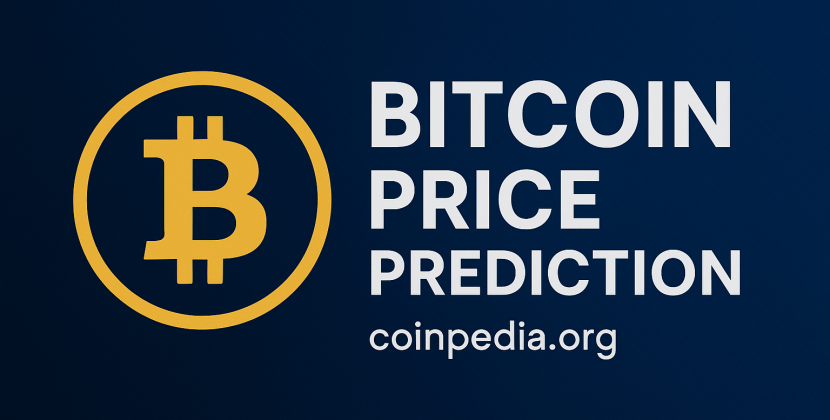
Influencer marketing has swiftly evolved from a niche strategy to a mainstream marketing powerhouse. The landscape continues to shift, driven by changes in technology, consumer behavior, and social media platforms. As we move towards 2025, several Influencer Marketing Trends are emerging, promising to redefine how brands and influencers collaborate. This article delves into these trends and offers predictions for the future of influencer marketing.
The Current State of Influencer Marketing
Influencer marketing has grown exponentially over the past decade. According to a report by Business Insider, the influencer marketing industry is set to be worth $15 billion by 2022. This growth is fueled by the increasing trust consumers place in influencers, who often provide a more authentic and relatable voice than traditional advertising.
Key Drivers of Growth
- Consumer Trust: Consumers today are more likely to trust recommendations from individuals they follow online rather than traditional advertisements.
- Social Media Platforms: Platforms like Instagram, TikTok, and YouTube have become breeding grounds for influencers, offering tools and features that facilitate content creation and audience engagement.
- Data and Analytics: Advanced analytics tools allow brands to measure the ROI of their influencer campaigns more accurately, making it easier to justify marketing spend.

Emerging Influencer Marketing Trends for 2025
As we look ahead to 2025, several key Influencer Marketing Trends are poised to shape the industry:
1. Micro and Nano-Influencers
While mega-influencers and celebrities have their place, brands are increasingly turning to micro (10,000-50,000 followers) and nano-influencers (1,000-10,000 followers). These influencers often have higher engagement rates and more niche audiences, making them ideal for targeted marketing campaigns.
2. Long-Term Partnerships
Short-term collaborations are giving way to long-term partnerships. Brands are recognizing the value of building ongoing relationships with influencers, which can lead to more authentic content and stronger brand loyalty. Long-term partnerships also allow influencers to integrate the brand more naturally into their content, resulting in higher engagement.
3. Diverse Platforms
While Instagram and YouTube have traditionally dominated influencer marketing, other platforms are gaining traction. TikTok, with its rapid growth and highly engaged user base, is becoming a favorite for brands targeting younger audiences. Additionally, emerging platforms like Twitch and Clubhouse offer unique opportunities for influencer collaborations.
4. Authenticity and Transparency
Consumers are becoming increasingly savvy and can easily spot inauthentic content. As a result, authenticity and transparency are more important than ever. Influencers who maintain their genuine voice and disclose paid partnerships are more likely to build trust with their audience, leading to more effective campaigns.
5. AI and Automation
Artificial Intelligence (AI) and automation are revolutionizing influencer marketing. AI can help identify the best influencers for a campaign, predict trends, and even generate content. Automation tools can streamline the entire process, from influencer outreach to performance tracking, making campaigns more efficient and scalable.
6. Social Commerce
The integration of e-commerce features into social media platforms is another significant trend. Features like Instagram Shopping and TikTok’s “Shop Now” buttons allow influencers to drive direct sales, making it easier to measure the ROI of influencer campaigns. This trend is expected to grow, with more platforms integrating shopping features.
7. Video Content Dominance
Video content continues to dominate social media, and this trend shows no signs of slowing down. Short-form videos, in particular, are highly engaging and shareable. Brands are increasingly leveraging video content for influencer campaigns, from Instagram Reels to TikTok challenges.
8. Focus on Niche Markets
As the influencer marketing landscape becomes more saturated, brands are focusing on niche markets to stand out. Influencers who cater to specific interests or demographics can offer highly targeted and effective marketing opportunities. This trend is particularly prevalent in industries like beauty, fitness, and gaming.
Predictions for Influencer Marketing in 2025
1. Increased Regulation
As influencer marketing continues to grow, so too will the need for regulation. Governments and regulatory bodies are likely to implement stricter guidelines to ensure transparency and protect consumers. Brands and influencers will need to stay informed and compliant with these regulations to avoid penalties.
2. Integration with Other Marketing Channels
Influencer marketing will become more integrated with other marketing channels, such as email marketing, SEO, and content marketing. This holistic approach will allow brands to create more cohesive and effective marketing strategies.
3. Greater Emphasis on Metrics
Measuring the success of influencer campaigns will become increasingly sophisticated. Brands will look beyond basic metrics like likes and shares, focusing on deeper insights such as conversion rates, customer acquisition costs, and lifetime value. Advanced analytics tools will play a crucial role in this shift.
4. Ethical and Social Responsibility
Consumers are increasingly concerned about ethical and social issues, and this will influence their purchasing decisions. Brands that align with influencers who share their values and promote social responsibility will resonate more with their audience. Expect to see more campaigns focused on sustainability, diversity, and social justice.
5. Virtual Influencers
Virtual influencers—computer-generated characters that have their own social media profiles—are an emerging trend. These digital personas can be programmed to align perfectly with a brand’s image and message, offering a new level of control and consistency. While still in its infancy, this trend is expected to grow as technology advances.
Conclusion
The influencer marketing landscape is dynamic and ever-evolving. As we move towards 2025, several Influencer Marketing Trends will shape the way brands and influencers collaborate. From the rise of micro and nano-influencers to the growing importance of authenticity and transparency, these trends offer exciting opportunities for brands to connect with their audiences in meaningful ways.
By staying ahead of these trends and adapting their strategies accordingly, brands can leverage the power of influencer marketing to drive engagement, build trust, and ultimately, achieve their marketing goals. The future of influencer marketing is bright, and those who embrace these changes will be well-positioned for success.










